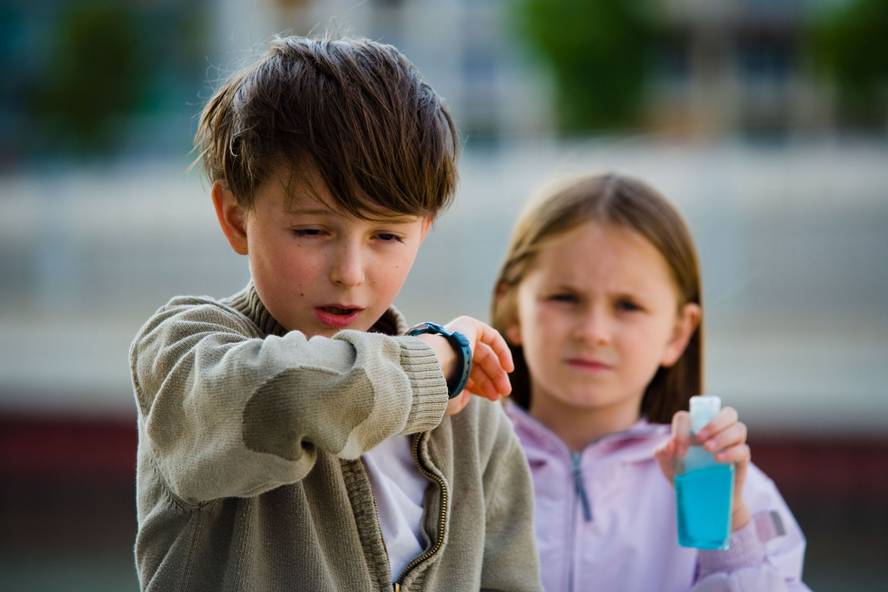Teachings on Influenza A

2009 was the year of flu A. A H1N1 subtype mutation of the Influenza A virus first jumped from pigs to humans and expanded into humans to spread throughout the world. In June the World Health Organization decreed the pandemic. Pandemic refers to the geographical scope rather than to the severity of the disease. This pandemic, the first since 1968, has been the starting point for the writing of his thesis by the pediatrician Eider Oñate. It analyzes the incidence of a situation of this type in health services and in the population.
Oñate works in the Pediatric Intensive Care Unit at Donostia University Hospital and has researched how this H1N1 virus mutation affected the children of Gipuzkoa. "The alarm of the health authorities was justified by the theoretical budgets, but fortunately the pandemic was not as serious as expected," recalls the pediatrician. Research has confirmed that in children (in principle one of the risk groups) the effect of this subtype of flu was similar to that of seasonal flu.
In addition, the study explains that, comparing the data before and after the pandemic, the number of consultations in emergency services and hospital admissions increased considerably. “The social alarm changed the usual clinical practice of pediatric physicians,” says Oñate. For example, when treating an asthmatic child with influenza A was acting in a different way, without sustaining himself so much in clinical practice, and at that time the hospitalization was easier than normally sent home.
However, the pediatrician considers that it would be inexcusable if there had been numerous victims who had not taken the measures that had been adopted and could therefore have been avoided. In fact, added Oñate, “no one knows when the next pandemic will happen again and at any moment another as virulent as that of 1918 can occur.” Fortunately, 2009 was not the time, but this crisis has served to draw lessons. H1N1 For the flu virus A XXI. The experience gained as a result of the first pandemic that emerged in the twentieth century will serve to establish new diagnostic and therapeutic strategies in the coming years.





